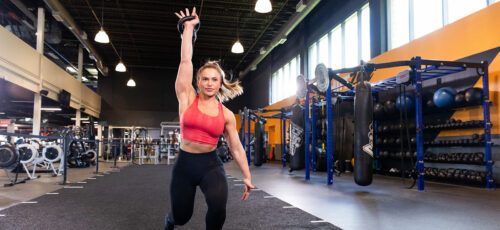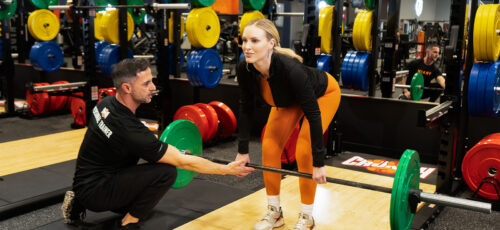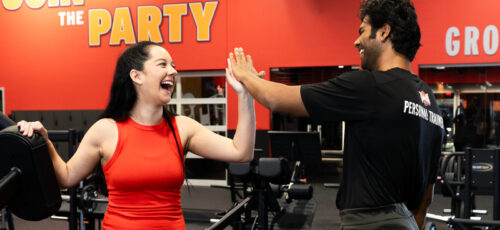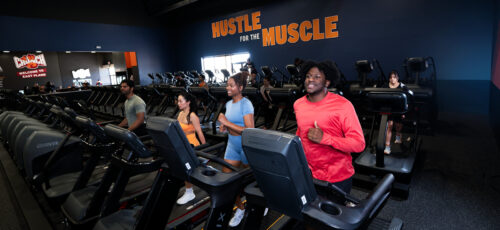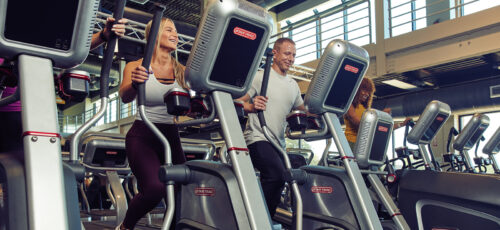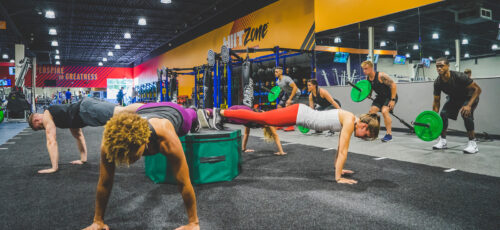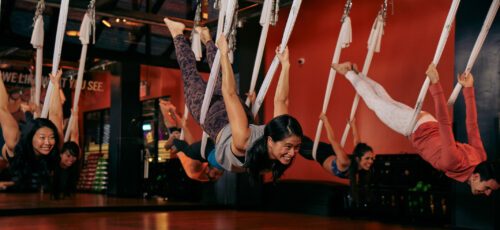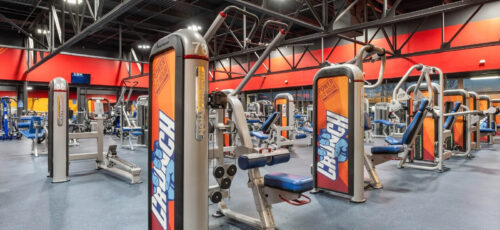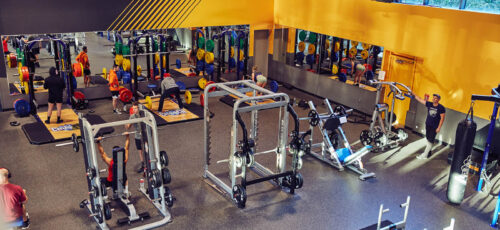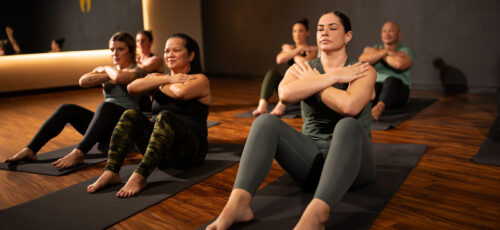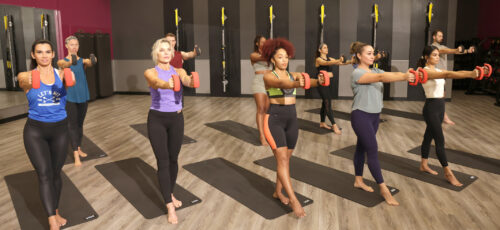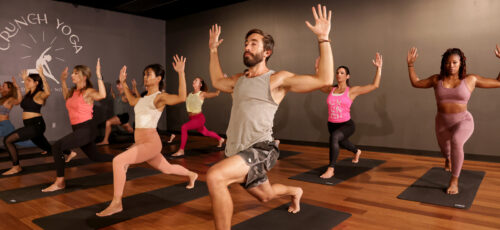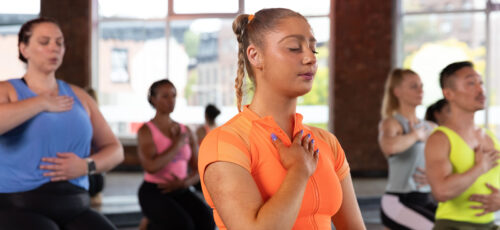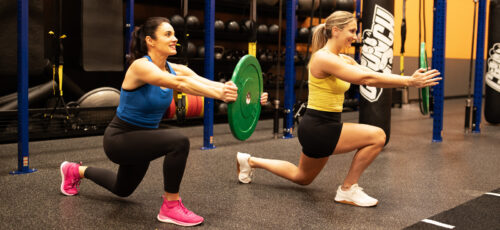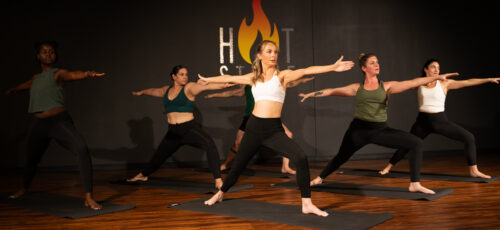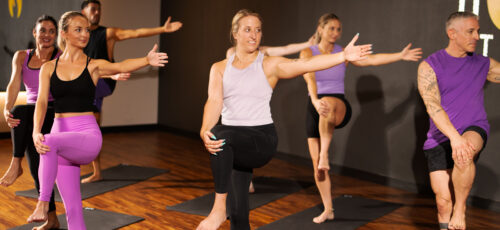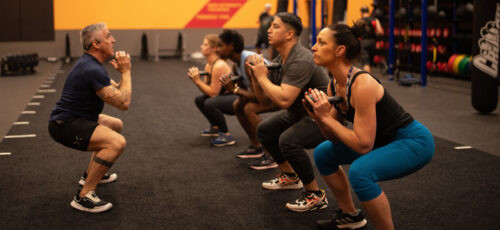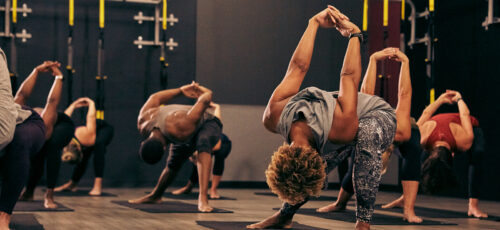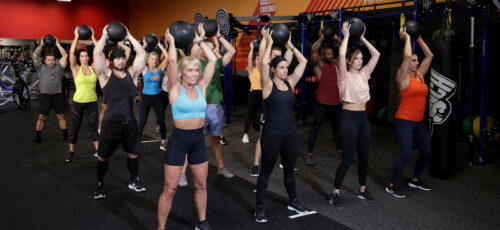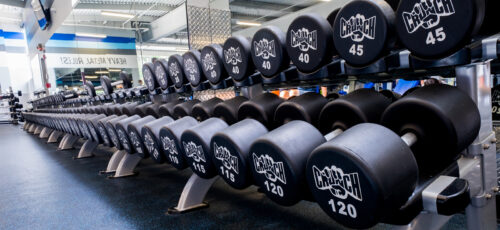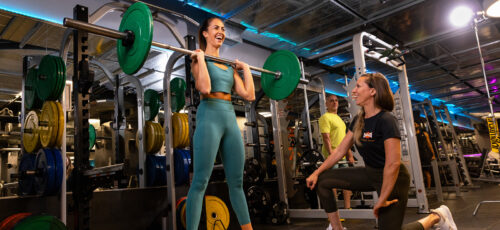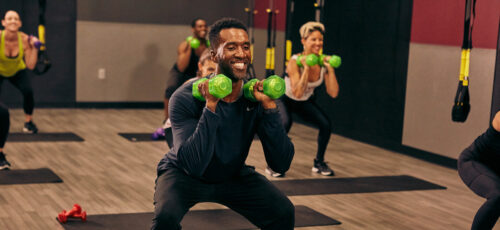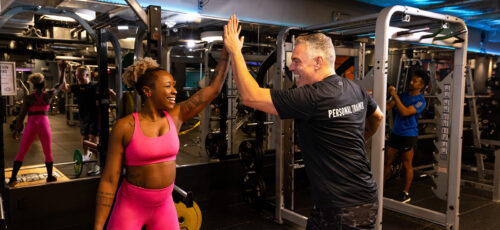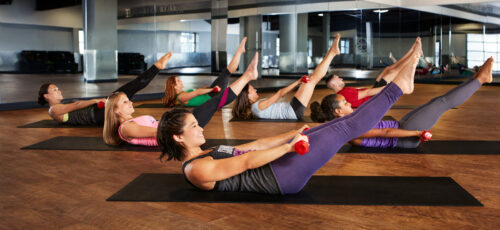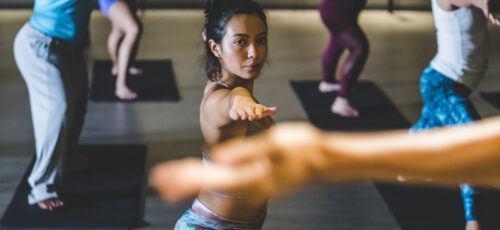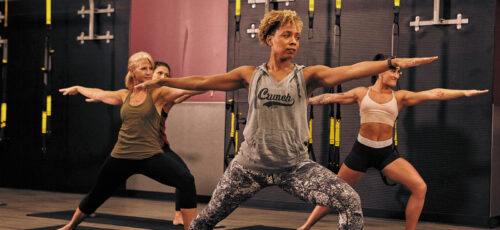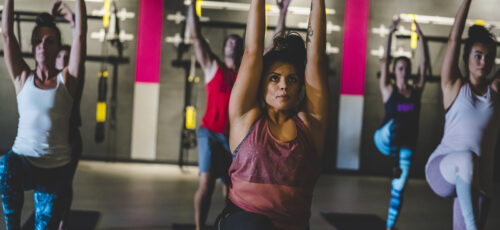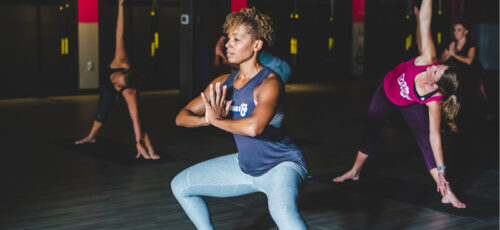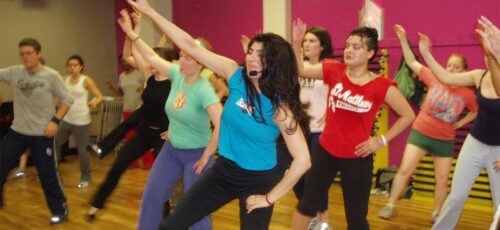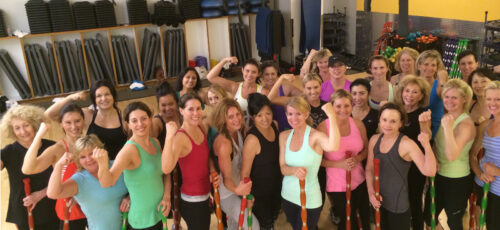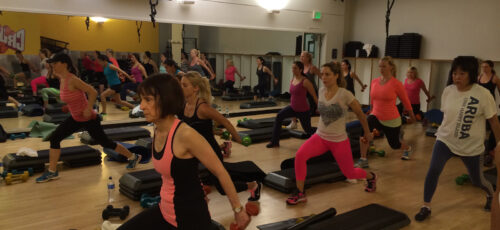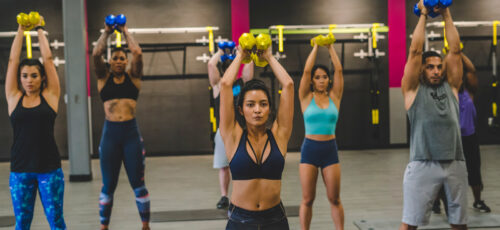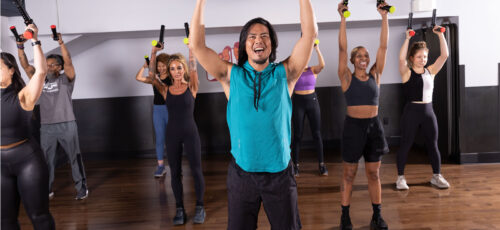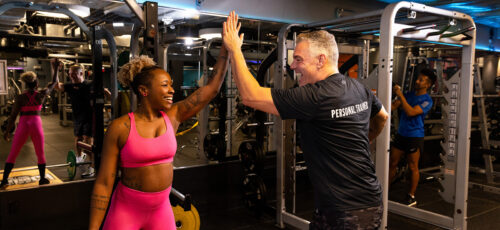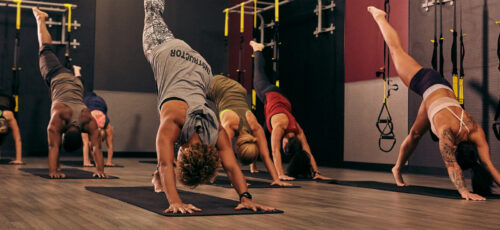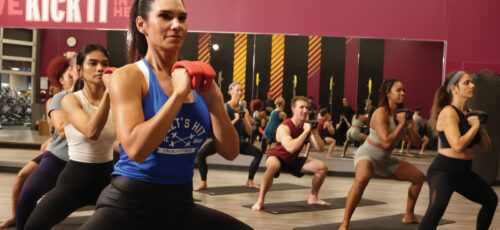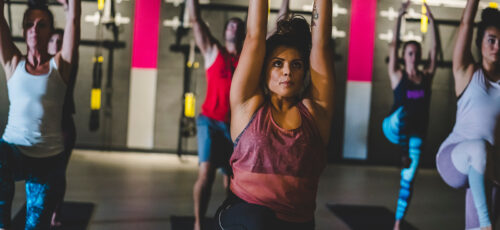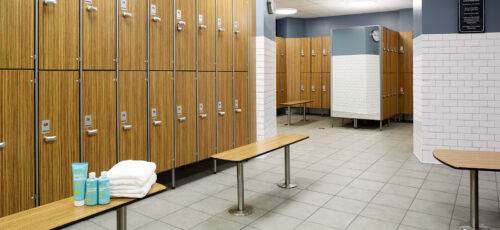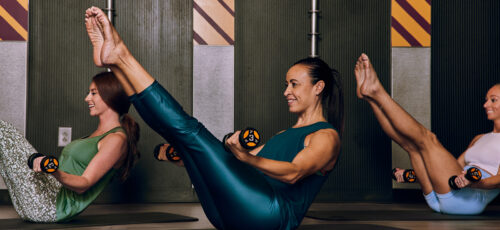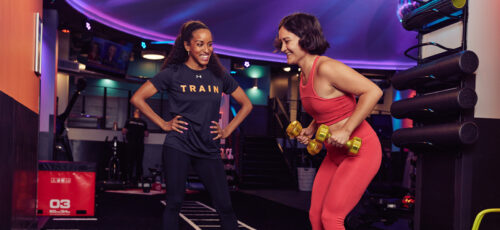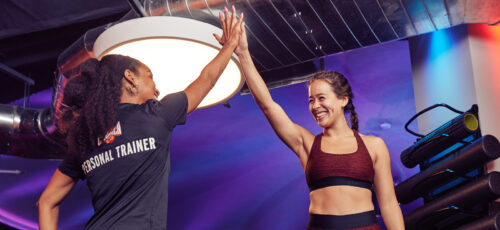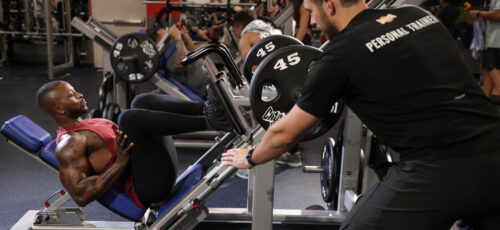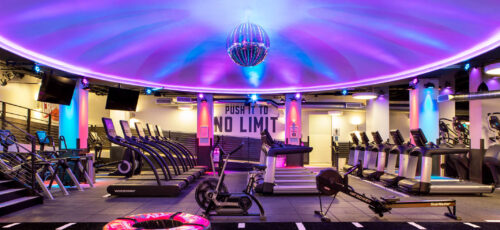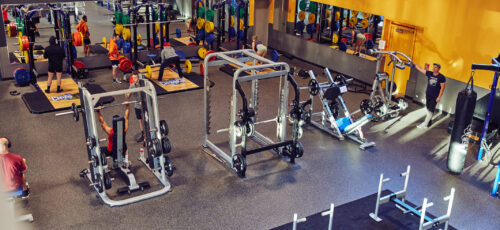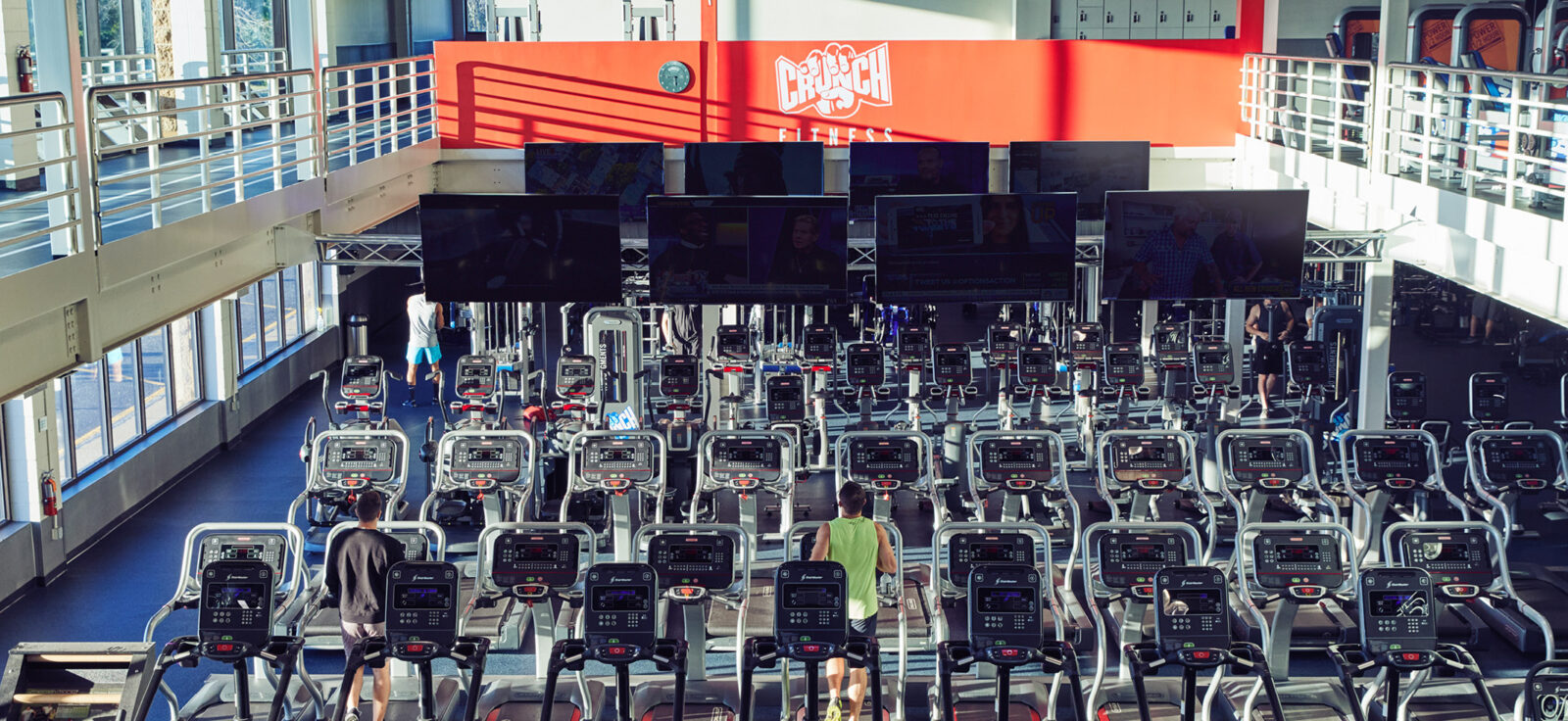
Embarking on a fitness journey often starts with a big question: Should I Join a Fitness Club or Gym? This decision can shape your path to a healthier, happier you.
Imagine this: you’re standing at a crossroads, one sign pointing to a state-of-the-art fitness club with diverse classes and spa-like amenities, the other to a gym packed with weights and high-energy workouts. Which way to go?
In this article, we’ll explain the differences, highlight the benefits of each, and help you choose the best option for your fitness goals, lifestyle, and preferences. Let’s get started!
Fitness Goals 101: Understanding What You Want to Achieve
Before deciding to join a gym or a fitness center, it’s important to reflect on your fitness goals. Are you aiming to build muscle, lose weight, enhance cardiovascular health, or maintain overall well-being? Defining these objectives is the key to choosing the right gym membership that aligns with your needs.
Whether you prefer working independently with various fitness equipment, enjoying guided sessions with a personal trainer, or embracing a space that motivates regular exercise, your fitness journey should reflect what matters most. Perhaps you’re eager to focus on muscle growth, maintain physical fitness, or prioritize mental health alongside physical activity.
1. Weight Loss
- A fitness center might be better if you thrive on group classes like Zumba or HIIT, which burn a high number of calories in a short period.
- Gyms can also aid weight loss, particularly if you enjoy solo cardio workouts or circuit training with machines.
2. Building Muscle
- Gyms excel for muscle-building enthusiasts due to their extensive free weights and weightlifting equipment selection.
- However, a fitness center may add value with personal trainers who can guide you through advanced techniques.
3. Improving Mental Health
- A fitness center often emphasizes holistic wellness through yoga and meditation, proven to reduce anxiety and improve mood by up to 70%.
- Gyms can also support mental health through endorphin-boosting activities like running or cycling.
4. Time Constraints
- If you have limited time or an unpredictable schedule, a gym with 24/7 access is ideal.
- For those who can commit to regular group sessions, a fitness club might offer more structured opportunities to stay active.
By understanding your goals, you’ll find the perfect fitness environment and increase your chances of sticking to a routine that improves your health and confidence.
A fitness center or gym isn’t just a place to work out—it’s an investment in your journey to a stronger, healthier, and happier you. Take the first step today by aligning your goals with the right gym membership for a fulfilling fitness experience.
What Makes a Fitness Club Different From a Gym?
One of the first distinctions is understanding the fundamental differences between fitness clubs and traditional gyms. Although the terms are often used interchangeably, some key differentiators make each option unique.
Fitness Clubs are holistic wellness centers that typically offer a wide array of amenities and services. They often feature group fitness classes, personal training, and a sense of community, making them an attractive option for those seeking a comprehensive wellness experience.
Traditional Gyms, on the other hand, are focused primarily on providing a space equipped with exercise machines and weights for individual workouts. They may offer some classes, but their primary appeal lies in equipment availability and flexibility in workout routines.
Fitness clubs and gyms each have distinct features and offerings catering to diverse fitness needs. Let’s explore what sets them apart.

What to Look for in a Fitness Center?
Choosing the right fitness center is more than signing up for a membership—it’s about finding a space that keeps you motivated, supported, and excited about your fitness journey.
Here’s a detailed guide to help you pick the perfect spot:
Variety and Engagement
Sticking to the same routine can become monotonous, and research shows that humans thrive on variety to stay engaged. A great fitness center offers diverse group fitness classes like yoga, Ride, Zumba, pilates, or strength training.
For example, joining a Zumba class can transform cardio into a fun dance party, while yoga helps improve flexibility and mental focus. Different options ensure you never get bored and keep your fitness journey fresh and enjoyable.
Personalized Training
Working with a personal trainer can make a world of difference. Trainers design custom plans to match your goals, whether building muscle, losing weight, or improving overall physical fitness.
For instance, a trainer might help a beginner safely learn weightlifting techniques, minimizing injury risks and maximizing progress. With their guidance, you can explore new exercises and stay on track, which studies show increases consistency and long-term success.
Building a Community
One of a fitness center’s most underrated benefits is its sense of community. Meeting like-minded individuals who share your passion for health and wellness can make exercising more enjoyable.
Imagine working out with a group of familiar faces in a spin class or sharing post-workout tips in the lounge. The connection and stimulation from this environment can significantly boost your motivation and commitment.
Wellness Amenities
Many fitness centers offer wellness amenities beyond exercise, such as saunas, steam rooms, swimming pools, and massage therapy. These features provide a holistic experience that promotes physical and mental well-being.
After a strenuous workout, unwinding in a sauna or dipping in the pool can reduce stress and improve recovery. Such amenities make a fitness center more than just a place to exercise—it becomes a retreat for overall health.
Fitness Clubs vs. Gyms Membership
When deciding between a fitness club and a traditional gym, it’s essential to consider the potential drawbacks of each option. Both have unique benefits, but understanding their limitations can help you make an informed choice tailored to your fitness goals and lifestyle.
Potential Drawbacks of Joining a Fitness Club
1. Cost
Fitness clubs often have a higher price tag than traditional gyms. Monthly memberships can range from $50 to over $200, depending on the amenities and location. Additionally, some clubs may require long-term contracts, which might not suit everyone’s budget or commitment level.
For example, the cost could outweigh the benefits if you need clarification on maintaining regular attendance.
2. Crowded Classes
Popular group fitness classes like spin, yoga, or Zumba can fill up quickly, especially during peak hours. A packed room may limit your space, make it harder to follow the instructor, and reduce the personalized attention needed to perfect your form.
Why Choose a Traditional Gym?
1. Cost-Effective
Traditional gyms are known for being budget-friendly, often offering memberships as low as $9.99 to $50 per month. These no-frills options focus primarily on Access to workout equipment, making them ideal for individuals who prioritize affordability.
2. Flexibility
Unlike fitness clubs with set schedules for group classes, gyms allow you to work out on your own time. Whether you’re an early riser or a night owl, the flexibility to exercise whenever you want can be a significant advantage.
3. 24/7 Access
Many traditional gyms provide 24/7 access, catering to those with unconventional or unpredictable schedules. For example, if you work late nights or have a packed daytime routine, being able to hit the gym at midnight can be a game-changer.
Potential Downsides of Joining a Gym
1. Limited Classes
While some gyms offer group classes, the selection is usually smaller than that of fitness clubs. This may not be ideal if you thrive in a class-based workout environment or prefer a mix of activities.
2. Lack of Support
Traditional gyms often need more comprehensive support found in fitness clubs. For instance, beginners might find designing effective workout plans challenging or learning proper techniques without a personal trainer or dedicated staff assistance.
Considerations Before Making a Decision
Deciding between a fitness club and a gym can feel overwhelming, but breaking it down into key factors can make the process easier and more tailored to your needs. Here’s what to consider before making your decision:
Budget
Your financial resources play a big role in determining the best option. Fitness clubs often incur higher costs due to added perks like group classes, personal training, and amenities such as saunas or pools.
Monthly fees can range from $50 to $200 or more. Conversely, gyms are typically more affordable, with monthly membership starting at $10.
A basic gym membership should suffice if you want access to fitness equipment like treadmills, free weights, and resistance machines. Remember, it’s about balancing what you can afford with what you value most.
Location and Convenience
The proximity of the fitness center to your home or workplace is crucial. Research shows convenience is a major factor in maintaining a consistent workout routine. For instance, a fitness club near your office could make squeezing in a yoga class during your lunch break easier. On the other hand, a nearby gym might be perfect for quick, no-frills evening workouts.
Personal Preferences
Your fitness journey should reflect your personality and goals. Do you thrive in a lively, social environment with group classes and community support? A fitness club may be the best fit.
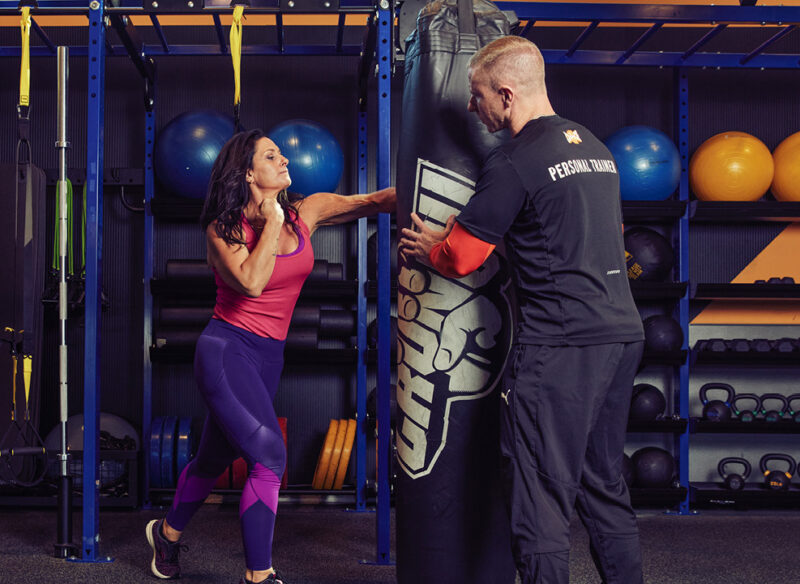
For example, participating in a Zumba class can excite your routine. Alternatively, a traditional gym suits your needs if you prefer an independent, equipment-focused workout. Think about what keeps you motivated—camaraderie, structure, or flexibility.
Trial Period
Most fitness clubs and gyms offer trial memberships or free passes. Take advantage of these to explore the environment, test the equipment, and attend a class. Membership fees vary widely based on the facilities, services, and perks offered. A standard gym membership costs between $9.99 and $60 monthly.
For example, you might discover that a fitness club’s yoga classes significantly improve your mental health or that a gym’s weight room fits perfectly with your strength-training goals. These trial periods give you valuable insight to ensure your choice aligns with your fitness and wellness needs.
Things to Keep in Mind
When deciding whether to join a Fitness Club or Gym, cleanliness, technology integration, and specialized training areas can make a significant difference. These factors can influence your overall experience and the effectiveness of your fitness journey.
Cleanliness and Hygiene Standards
Post-pandemic, cleanliness and hygiene have become top priorities for fitness facilities. Fitness centers often emphasize higher sanitation standards, with dedicated cleaning staff ensuring equipment is disinfected regularly, hand sanitizer stations are available, and air purification systems are in place.
Many clubs also adhere to strict cleaning schedules, particularly in group fitness rooms, saunas, and swimming pools, where cleanliness is critical for health and safety.
While gyms are generally focused on providing workout spaces, their cleanliness may vary depending on the size and budget of the facility. Larger chains have adopted more rigorous cleaning protocols, including frequent sanitation of high-touch surfaces and providing antibacterial wipes for members.
However, smaller gyms might rely more on members to wipe down equipment afterward. If cleanliness is a major concern, it is wise to visit the facility and observe its practices before committing to a membership.
Technology Integration
Both fitness clubs and gyms have embraced technology to enhance the workout experience, but their approaches can differ. Fitness clubs often lead the charge by integrating apps that provide virtual class schedules, workout tracking, and even personalized fitness plans.
Many clubs partner with wearable fitness device brands like Apple Watch to sync data for detailed performance analysis. Some even incorporate virtual reality workouts, offering immersive experiences like cycling through virtual landscapes or interactive yoga sessions.
Gyms are also making strides with technology, focusing on practical tools like QR codes on machines to demonstrate proper usage or apps that allow members to reserve spots during peak hours. Many gyms have started incorporating gamification into workouts, where members can track progress, earn rewards, or participate in virtual challenges to boost motivation.
Specialized Training Areas
The availability of specialized training areas is key for those with specific fitness interests. Fitness clubs often excel in this area, offering unique zones like martial arts studios, rock climbing walls, and spaces for functional training or Olympic lifting. These features cater to diverse fitness goals, whether you’re aiming to improve agility, build strength, or enjoy a new sport.
While often focused on traditional equipment like free weights and cardio machines, gyms are beginning to add functional training areas with tools like battle ropes and kettlebells. However, these additions may not be as extensive as the variety found in larger fitness clubs.
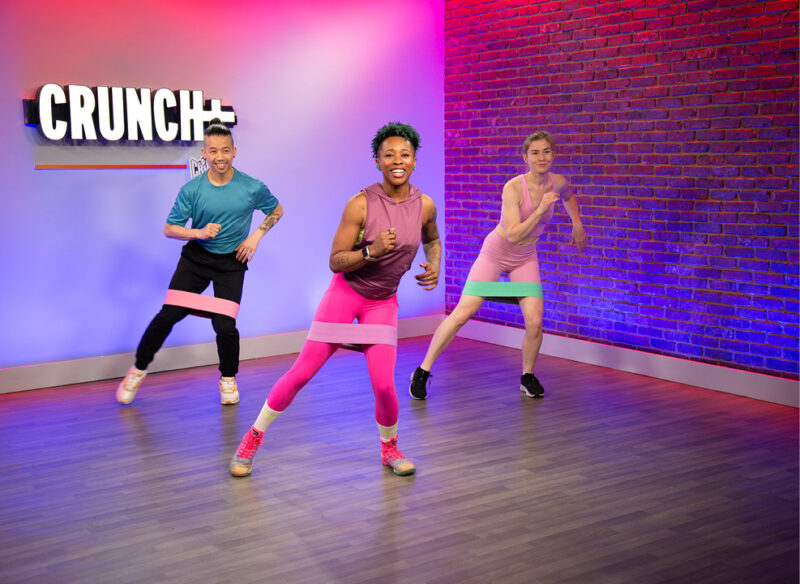
When weighing your options, evaluating these elements can help you determine whether a fitness club or gym aligns best with your needs and expectations.
The Transformative Benefits of Physical Activity
Many people eventually decide to join a gym or fitness club. Personal motivations often spark this choice—feeling dissatisfied with how clothes fit, wanting to look and feel better, or preparing for a special life event like a wedding. For others, the decision is fueled by curiosity about a new fitness trend or the encouragement of friends.
Sometimes, it’s seeking an outlet for stress or creating a routine that fosters a longer, healthier life. Doctors also frequently recommend physical activity as a remedy for medical concerns such as high cholesterol, excess weight, or high blood pressure.
Whatever the reason, joining a gym or fitness club can address many of these needs, provided individuals are committed to dedicating time and effort to their mental and physical well-being.
According to the Mayo Clinic, a consistent, well-structured exercise program offers many benefits:
- Improved sleep
- Increased stamina
- Enhanced energy levels
- Better mood and an even more fulfilling sex life.
Physical activity can help people lose fat, build muscle, and reduce the risk of chronic illnesses like heart disease and diabetes. It also serves as an excellent outlet to escape from the stress of daily life, providing much-needed mental clarity and emotional balance.
For those seeking social engagement, gyms, and fitness clubs also offer the opportunity to connect with others who share similar health and wellness goals. This sense of community boosts motivation and makes the fitness journey more enjoyable.
Achieving these benefits requires consistent effort. According to the Centers for Disease Control and Prevention (CDC), adults should aim for at least 30 minutes of moderate to vigorous exercise five days a week. Activities like weightlifting, cycling, or high-intensity interval training (HIIT) can be tailored to individual fitness levels and goals, ensuring progress over time.
For example, a beginner may start with light cardio and resistance training to build endurance, while someone more advanced might focus on strength training or sports-specific exercises. Over time, as fitness improves, the program can evolve to keep it challenging and engaging.
Ultimately, joining a gym or fitness club is more than just a membership—it’s an investment in a healthier, happier version of yourself. With dedication and a commitment to regular exercise, the benefits can ripple through every aspect of your life, enhancing your overall quality of life.
What Group Classes Can You Expect at Crunch Fitness?
Crunch Fitness offers diverse group classes designed to suit every fitness level and interest, making workouts enjoyable and motivating. While offerings may vary by location, members can typically expect strength training, HIIT, yoga, and cardio classes.
Strength Training classes go beyond traditional weightlifting, incorporating modern approaches like Pilates and Barre to build strength, flexibility, and endurance using lighter weights or body weights. For those craving a classic gym vibe, Crunch also offers classes with free weights, resistance bands, and more, guided by expert instructors.
HIIT (High-Intensity Interval Training) pushes you to your limits with fast-paced circuits alternating intense exercise and rest. It’s an efficient way to boost cardiovascular health, build strength, and reduce stress in less time.
Yoga at Crunch caters to both relaxation and fitness enthusiasts. Whether it’s calming Hatha Flow or dynamic Vinyasa Yoga, these classes improve flexibility, balance, and mindfulness, supporting overall well-being.
Cardio classes add variety, from rhythm cycling to dance-inspired sessions like Retro-Robics. These high-energy workouts elevate heart rates and make fitness fun with vibrant music and lively instructors.
At Crunch, group classes create a community-driven, engaging environment that turns fitness into an enjoyable lifestyle choice.
Unlocking the Path to a Healthier, Happier You
Fitness centers like Crunch are more than just a place to work up a sweat and call it a day. They are hubs of inspiration, empowerment, and transformation, where the mission goes far beyond exercise routines. These spaces are integral to the health and wellness world, fostering a culture that encourages physical fitness and a complete sense of well-being.
Health clubs aim to do more than help you build strength or shed a few pounds—they’re about helping you embrace a balanced and fulfilling lifestyle. With cutting-edge facilities, diverse programs tailored to individual needs, and a team of certified trainers, these clubs create an environment where you can thrive.
But what truly sets fitness centers apart is their sense of community. They’re not just gyms—they’re spaces where you can connect, grow, and stay motivated. Whether through personalized training sessions, dynamic group classes or simply bonding with like-minded members, these clubs provide the tools and support to help you take control of your health.
So, whether you’re just beginning your journey or striving to hit new milestones, fitness clubs empower you every step, transforming your goals into achievements and workouts into a way of life.
Reach Your Fitness Goals With Crunch
Remember, the most important thing is to choose a fitness center that motivates and inspires you, enabling you to embark on a successful fitness journey. Whether you opt for a fitness club or a traditional gym, the key to success lies in your commitment and dedication to a healthier and fitter you. So, start your fitness journey today and take the first step towards a healthier, happier you!
Crunch promotes a culture of positivity, inclusivity, and fun with no judgments by providing an environment for all individuals regardless of their health and fitness goals. Find a Crunch gym near you to try our free trial membership, or join Crunch now. We’re here for you – at the gym or at home. Access the best live & on-demand workouts anytime, anywhere with Crunch+. Ready to get sweaty? Try hundreds of workouts for free! Start your free trial now!













